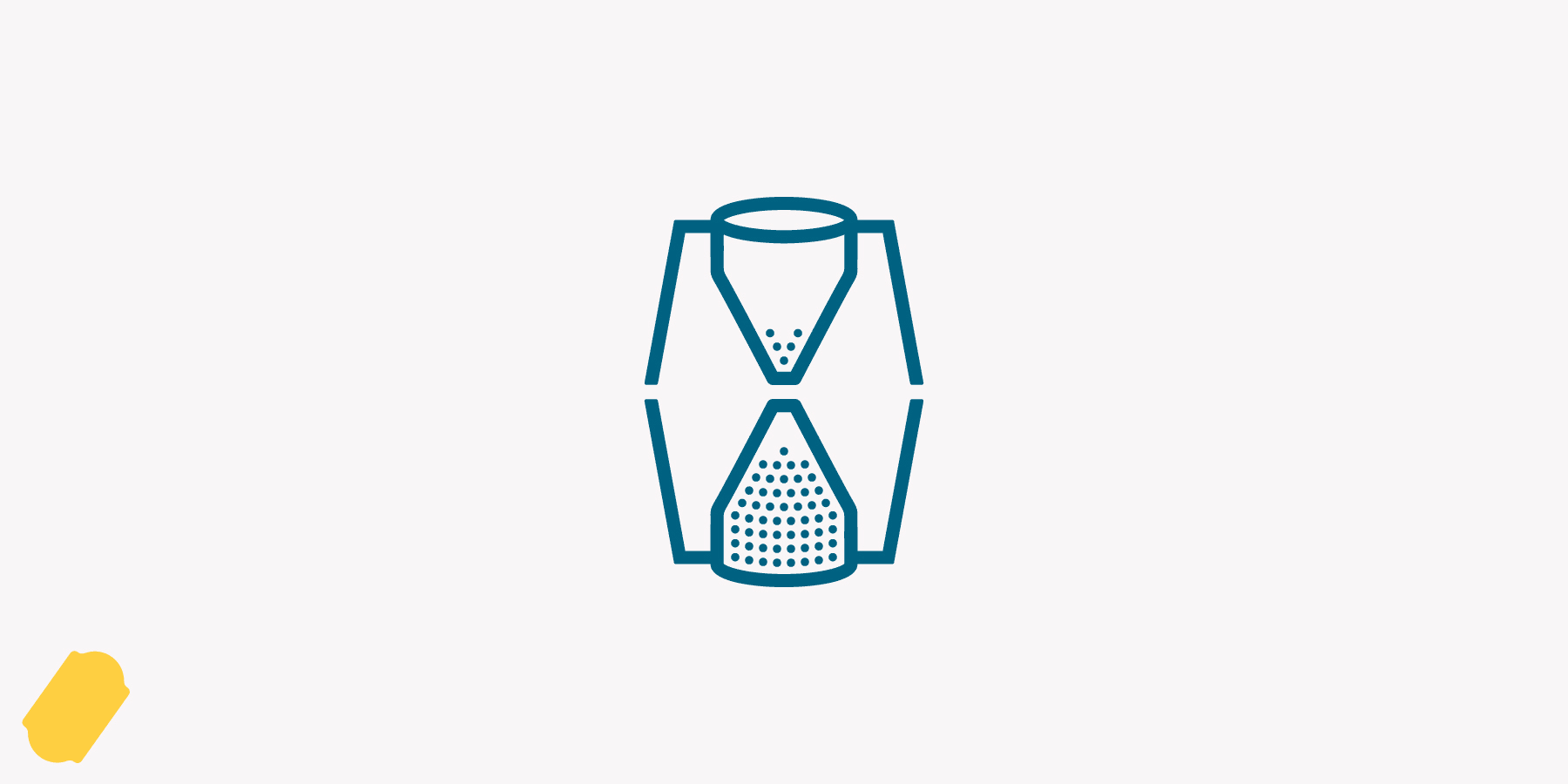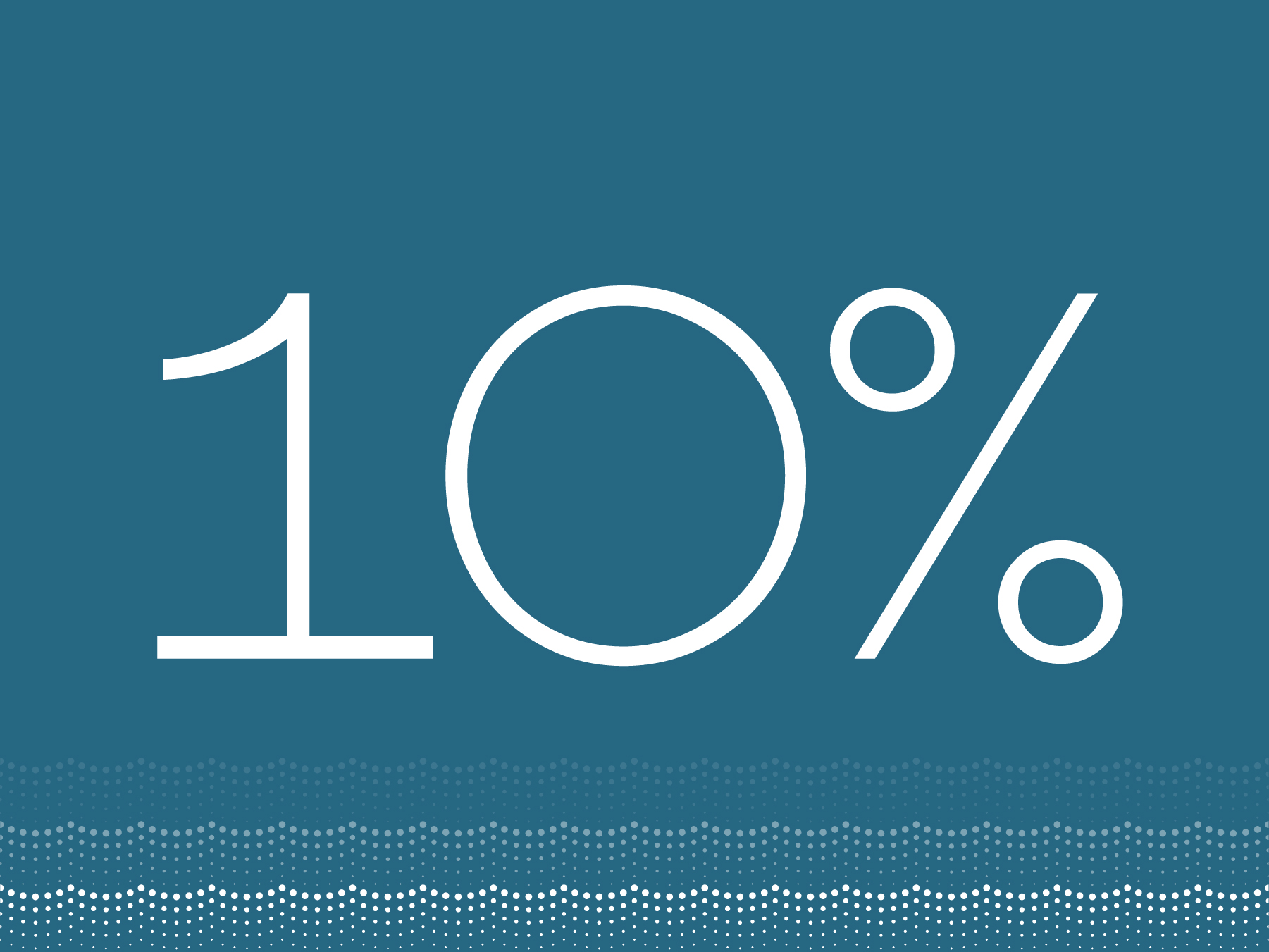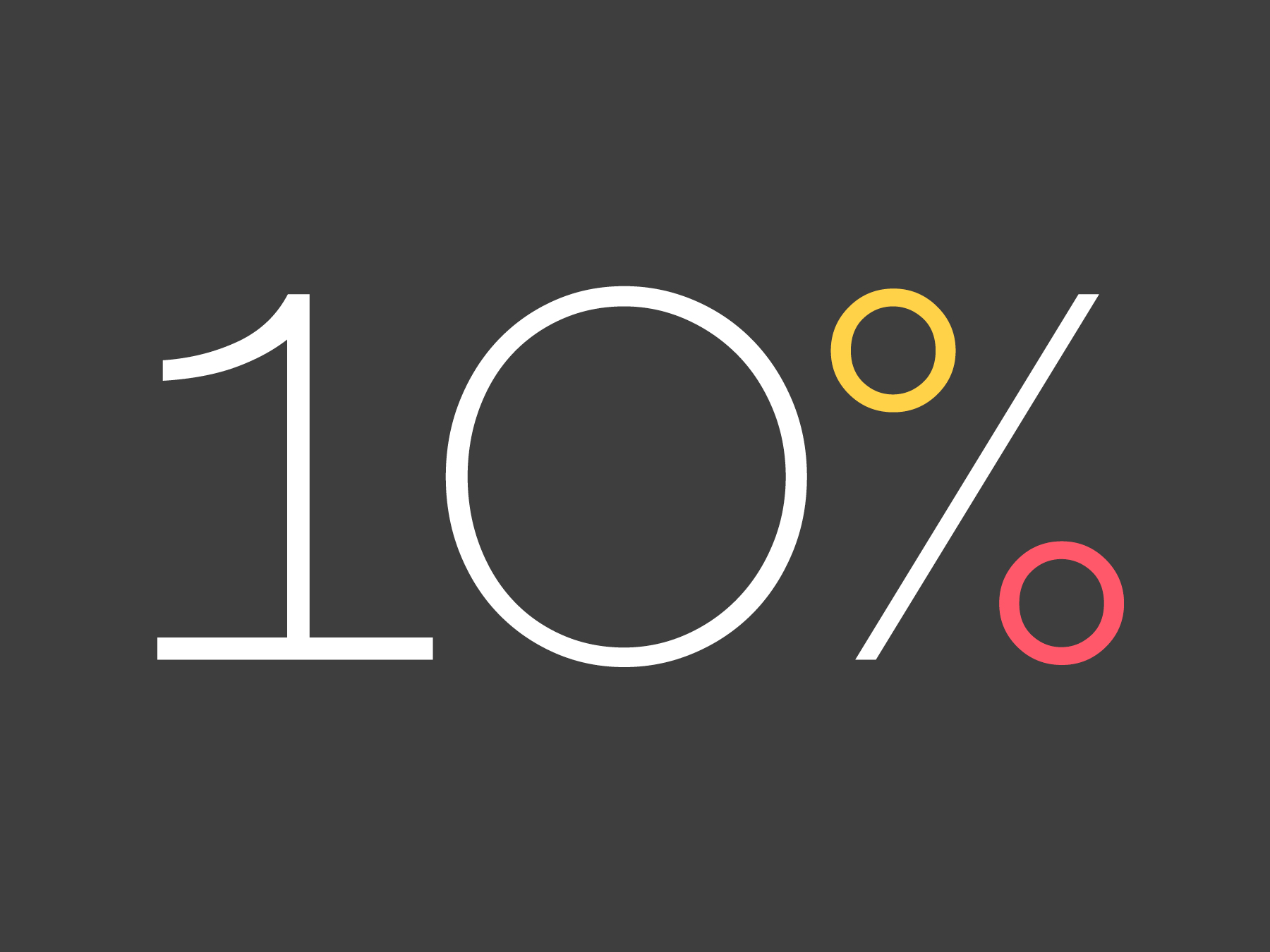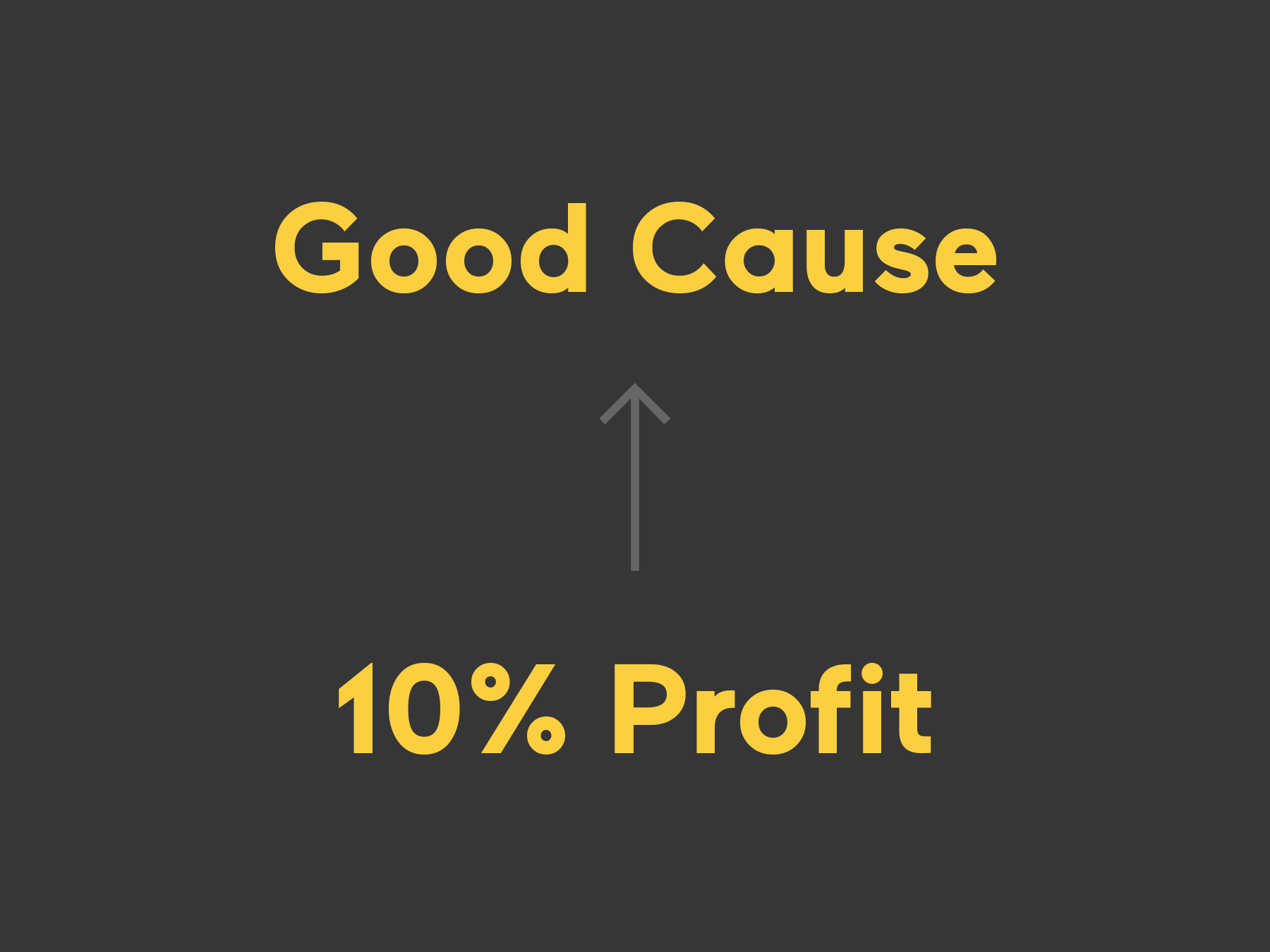What should design cost?
Category: Studio
We publish our studio costs—including our pay—and rate(s). This is an unusual decision for a graphic design studio. Why have we made it?

Minute Works’ day rate scales dependent on access to funding. Our base level is set to enable more ‘Unsung causes and start-ups’ (for example, a campaign with limited resources, or a new social enterprise) to commission graphic design. It covers our costs, and it allows us to support modest collaborations that lead to positive change. We have separate rates for ‘Established charities and NGOs’ (imagine national non-profits) and ‘Renowned companies’ (responsible corporations) too. They make our profit for purpose model possible.
Publishing our costs (computers, insurance, software, rent, and so on) adds context to the rates. Being straight-up about the amount we earn goes hand-in-hand with our commitment to honest practice. In Open Up: The power of talking about money, Alex Holder writes:
“Transparency would absolutely make workplaces better. For a start, prejudice would have fewer places to hide, and pay disparities wouldn’t have a chance to develop.”
The Office for National Statistics (ONS) publish an ‘Annual Survey of Hours and Earnings’. In 2022 graphic designers were found to be earning an average of £30,052 before tax in a year. This median can’t set a precedent for fair pay because it obscures income disparities across class, gender, and race.
On the other hand the Living Wage in the same year was set at £10.90 (outside London). This means a person in full-time employment working 37.5 hours a week will earn £21,255. This figure is based on the Minimum Income Standard (MIS); a calculation used to determine the minimum amount people need in order to participate in society. In this case public consensus accounts for diverse socioeconomic backgrounds.
The point being, deciding on an equitable number isn’t simple.
Our pay is set at £26,500 each. Under the ONS average means our studio gets a few more chances to collaborate with people who share our values. The amount considers our personal circumstances, allows for a few wants (as opposed to MIS needs), and savings. You might think that this number is too high, or too low. Maybe you think it’s fair. Our decision to publish it invites questions about entitlement. That’s all fine. Conversations about money can lead to positive change:
“Just as it shouldn’t only be up to people of colour to call out racism, or for women to call out sexism, it shouldn’t only be up to those who feel underpaid to call out financial privilege. That is not to say it’s easy to own up to privilege, but ultimately admitting a privilege is like calling out a prejudice: it shows an awareness of the systems around us. We need to accept that recognising our privilege, or having it called out by others, is not a negative judgement on us as individuals, but an important recognition of the society we live in.”
Our studio costs, living costs, and rates, are connected and open to change. We don’t know what the future holds. We do know that we like the advice put forward in Yanis Varoufakis’ book Talking to My Daughter About the Economy: A Brief History of Capitalism;
“It’s incredibly easy to convince ourselves that the order of things — especially when it favours us — is logical, natural and just. But at the same time be hard on your own temptation to accept the inequalities that you find outrageous. When you feel as if you’re about to give in to the idea that outrageous inequality is somehow unavoidable … maintain your outrage but sensibly, tactically, so that when the time comes you can invest it in what needs to be done to make our world truly logical, natural and just.”




